Dogs can experience anxiety, just like people. And just like us, fearful emotions can affect their confidence, stoke aggressive behavior, and possibly lead to depression. However, when we learn how to socialize a nervous dog in positive new situations with special techniques, everyone benefits!
Let this article be your guide to dog socialization—one designed for particularly anxious pups. We'll cover the ins and outs of canine fear and some useful techniques you can try to help your four-legged furball navigate their world better.
Why Are Some Dogs Nervous?
The most common reason dogs experience anxiety or fear is that they weren't socialized as puppies. If a dog has not had a chance to grow accustomed to loud noises or the presence of other animals and people, it will naturally fear them. New experiences could overwhelm your pet, resulting in timid or aggressive behavior.
While some assume a fearful dog is evidence of abuse or neglect, this is not always the case. Even a puppy that grew up in a loving home may have been isolated from other animals and people. If an animal's entire world is its own home, anything outside of that world could appear threatening. This is why all dogs need socialization.
Socialization is like building up a dog's stress tolerance. You start by exposing the dog to different experiences or anxiety-inducing stimuli in small amounts so the dog feels comfortable. You gradually increase the exposure until the dog can remain calm around new people and situations.
Though the puppy years are the most crucial stage of social development, dogs can still grow nervous later in life. Even well-socialized pups can experience trauma as adult dogs, which could result in fearful behavior. Every dog needs comfort and reassurance.
Is It Normal for Dogs to be Nervous?
It is normal for dogs to be nervous. Studies have shown that over 70% of all dogs show at least one anxiety-related behavior. Remember, dogs respond with fear when they feel their safety is threatened—it is a natural survival instinct. Since dogs do not understand things the way we do, they may feel threatened by things we find normal. For example, loud noises are one of dogs' most common sources of fearful emotions.
From a dog's perspective, there is no context or reference for the thousands of loud noises we humans are used to. When July 4th or New Year's Eve rolls around, we are unsurprised to hear fireworks. However, to the dog, sudden explosions are surrounding the house. It's also normal for a pup to feel endangered and scared if it changes location. Even a dog that has been properly socialized will not know what to expect when it enters a new environment.
A dog used to the sights, sounds, and people of a small town could grow fearful of the loud noises in a new city. That's perfectly normal! Of course, there are many other reasons for a dog to be nervous. Some pups have naturally skittish dispositions, and some grew fearful after a traumatic event. If your dog is suddenly displaying anxious behavior, you may want to look around and see what could be triggering it.
Before you get that adorable dog at the local pound, be sure to get all of the relevant information on its background. Ask the shelter or previous owner where the animal is from and whether it has any special needs. This can help you determine which situations may trigger anxiety in the dog.

When Is It Abnormal for Dogs to Be Nervous?
It is normal for a dog to feel nervous, but you shouldn't dismiss its anxiety automatically. If your dog constantly appears on edge, remains nervous long after the fear-inducing object has been removed, or exhibits extreme fear reactions, their anxiety may be bordering on abnormal. For example, we all know that dogs can be fearful of vacuum cleaners due to the loud noise.
If your dog tucks its tail between its legs and retreats to another room, this is considered normal. But if the dog also salivates, becomes aggressive, and shakes for a long time, you should address its fear. Perhaps the animal was not properly exposed to loud noises as a puppy or experienced trauma involving similar sounds. Whatever the case, this type of reaction needs to be fixed.
If a pooch's fears are not dealt with, the problem could grow and become debilitating for the dog. When socializing a nervous dog, it is important to distinguish normal skittish behavior from excessive fear. Make sure you pay attention to how your pet acts when it's calm. Once aware of its normal behavior, you can tell the difference between an uncomfortable pet and a fearful dog.
It is vital to watch out for signs of overly nervous behavior. Signs include:
- Hiding or cowering in the corner of a house
- Excessive digging
- Damaging furniture
- Excessive licking or chewing its own body
- Barking or howling when you're away
- Panting
- Pacing
- Shivering/shaking
- Frequently escaping the house
- Defecating in the house
- Tucking their tail between their legs
- Avoiding eye contact and other interaction
- Fidgeting or yawning
Are Some Dog Breeds Prone to Nervousness?
Often, a pet's fear stems from a specific noise, situation, dog, or person. Sometimes, the source is unknown. In these cases, the dog may simply be prone to nervous behavior.
Dog breeds that are more likely to be fearful include:
- German & Australian Shepherds
- Labrador Retrievers
- Border Collies
- Shorthair Pointers
- Cocker Spaniels
- Bichon Frises
- King Charles Spaniels
- Greyhounds
- Toy breeds
The American Kennel Club's comprehensive list includes a full list of breeds in the Toy Group. Small pooches often have intense loyalty to their owners or families, though they may feel uncomfortable around unfamiliar people. One crucial part of socialization is knowing which dog breeds do well with each other.
A toy breed and a Terrier, for example, may not be best pals straight away. Terrier breeds often have a high prey drive, and toy dogs can occasionally resemble prey. Take some time to slowly introduce different breeds to each other, going at whatever pace the dogs are comfortable with. Later in the article, we'll cover some more tips to guide this process.

How NOT to Socialize a Nervous Dog
Overexposure and punishment are the worst methods for socializing dogs. Many poor dog training techniques stem from the ways we teach people to stay calm. However, a puppy and even an older dog do not need the same things a human does. The idea of overexposure assumes you can desensitize a dog to a trigger, such as loud noises, by suddenly presenting them with constant noisy sounds.
Some believe this will show the dog there is nothing to fear from the noise. This technique is similar to teaching someone how to swim by throwing them into the deep end. Overexposure is not a good method and could worsen the dog's anxiety. Any sort of exposure to an anxiety-inducing object should be small and slowly increased over time. It's also best to reward your dog generously while you gradually increase the exposure so they can associate the fearful object with something positive.
Sometimes, nervousness can result in aggression. Keep in mind that a growling dog might not be acting territorial or possessive. It could simply be protecting itself from new sights, sounds, or experiences. Correct your pet's aggressive behavior with positive redirection rather than punishment or yelling.
Pro Tip: Try Using CBD
Socializing a nervous pooch is all about positivity, and CBD can help calm your pet by promoting positive, soothing feelings. CBD also benefits dogs trying to cope with shyness, phobias, excessive energy, aggression, and many other feelings. CBD can also assist a pup's socialization and help alleviate discomfort for an older dog. This is because CBD works with CB1 and CB2 receptors in the endocannabinoid system (ECS).
The ECS is present in nearly all mammals, and it regulates body functions such as mood, digestion, discomfort, and more. A properly functioning ECS is beneficial for a healthy, calm, and happy dog. Luckily, you're never out of options when it comes to canine cannabidiol! You can try some CBD calming chews for dogs if your pet needs a little pick-me-up before playtime.
Socializing a Nervous Dog With Other Dogs
If you're confident your pet can handle it, the dog park is an excellent way to teach your dog to embrace new experiences. When introducing your dog to other pups, take these steps to ensure a fantastic first impression. A great social interaction can keep your dog confident and happy.
Neutral Territory
First, let the dogs sniff each other while leashed to ensure there are no negative outbursts. When dogs meet for the first time, it can be a good idea to take them both on a walk where neither can claim the space. This is because dogs are territorial and can feel threatened by a new dog on their turf.
Neutral territory and some space apart (roughly 10 feet) can allow two pets to become used to each other's presence and scent without invading each other's domains. A tennis court or a fenced park are great locations for doggy dates.
Patience, Positivity, and Gradual Exposure
Continue to positively reinforce your dog's sociability with treats. And have patience! It takes time for your dog to become used to others. Always start socialization slowly and gradually ramp up the pace according to your dog's comfort level. Start by giving your dog small doses of interaction to ensure they don't become overwhelmed. Once your dog is comfortable taking the small steps (like letting other dogs near them on a walk), you can try more engaging activities (like a dog park).
If your pup cannot be around others without having a meltdown, you can always give them CBD dog treats to ease their nervousness and help them confront new experiences. Treats also help your dog form positive connections with new people. If you use the treats to reward your dog for calm behavior in social situations, they will associate the "strangers" with a reward and feel less afraid!
Go at the Pets' Pace
Don't try to force the dogs to go near each other if they're keeping their distance. Let them set the speed, as comfort is critical in this situation. If you're bringing a new pup home, try keeping them separated with a gate when you're unable to supervise. Keep the territory neutral and confined even if the dogs can be taken off the leash. If you notice either of the dogs displaying negative body language, you should intervene and ensure it doesn't escalate.

Watch Body Language
Make sure you observe your canine friend’s body language during their initial interactions with another dog. If you notice them displaying any signs of unrest or anxiety-like raised hackles, tucked tail, or bared teeth, it’s best to abort the socializing mission. Forcing interaction when your dog is afraid may reinforce their fear. Plus, their tension can turn into aggression, and an innocent playdate may erupt into a fight.
Find a Dog Trainer (if Necessary)
If your dog is prone to aggression when they're afraid, a dog park may not be the best place to hone their social skills (at first). The hectic environment could easily overwhelm a dog whose anxiety is triggered by other people or canines. For these pets, a dog trainer may be necessary.
Some assume that only a certified trainer should teach nervous dogs. While these professionals are a great option, any owner can take steps at home before contacting a behavioral expert.
Socializing a Nervous Dog With Humans
Canine socialization should begin when the puppy is five weeks old and continue through the first few months. Introducing young dogs to as many new people, situations, and animals as you can during this formative stage will help your pet become well socialized. Here are some tips ensuring your dog has positive interactions with people:
Using a Muzzle
Sometimes large breeds can cause nervousness in people, and an anxious person might unnerve a dog with their own tension. A muzzle can put people at ease. When other people see the muzzle, they may feel more relaxed and safe. They can then approach the dog in a calm and reassuring manner, which will in turn make your pet feel at ease.
Walks
If dog parks are too overwhelming for your furry friend, walks are an excellent alternative. Going for a stroll exposes your dog to hundreds of people, sounds, and smells in incremental amounts. It's an excellent source of exercise and gentle desensitization. Walks are also a great opportunity to bond with your pup and give their mind a workout.
If another person passes you, allow your dog to walk near them. This brief passing lets your dog smell people and be near them while they are simultaneously distracted by the walk. If they become agitated or tense, gently pull them away. While an older dog may go on a walk without a leash, we don't recommend this when socializing a young canine. Keep them leashed and nearby the entire time.
Meet up With Friends (One at a Time)
Exposing your dog to people you trust is a superb way to get them used to others. Try making a date with one of your friends at a quiet, public location. Later, you can invite them to your house, but since that’s your dog’s space, it might make them uneasy at first. Watching you interact calmly with your friend shows your dog that others are not threats. Once they get used to one "stranger's" presence, you can try inviting a couple of friends over.

Final Thoughts - Socializing a Nervous Dog
With positive reinforcement, persistence, patience, and some CBD, socializing a nervous dog can be a piece of cake. Instead, it is an opportunity to form a new bond with a puppy or to reinforce your connection with an adult dog. So try different methods, find what works, and your dog will thank you. Remember, caring for them is what loving owners do, and that includes proper socialization!



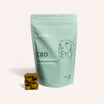


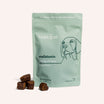
![Probiotics For Dogs [Soft Chews] - HolistaPet](http://www.holistapet.com/cdn/shop/files/Probiotic-Infographic-1_472d7a29-e30c-435a-9638-1365d8c3a9f9.jpg?v=1725384841&width=104)
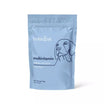





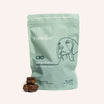






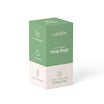



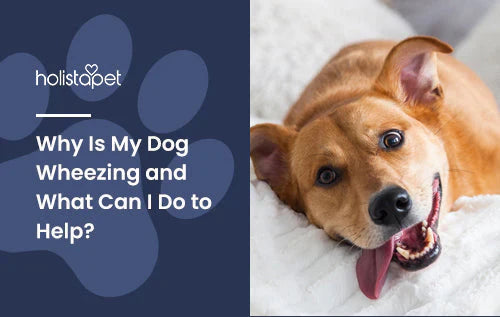
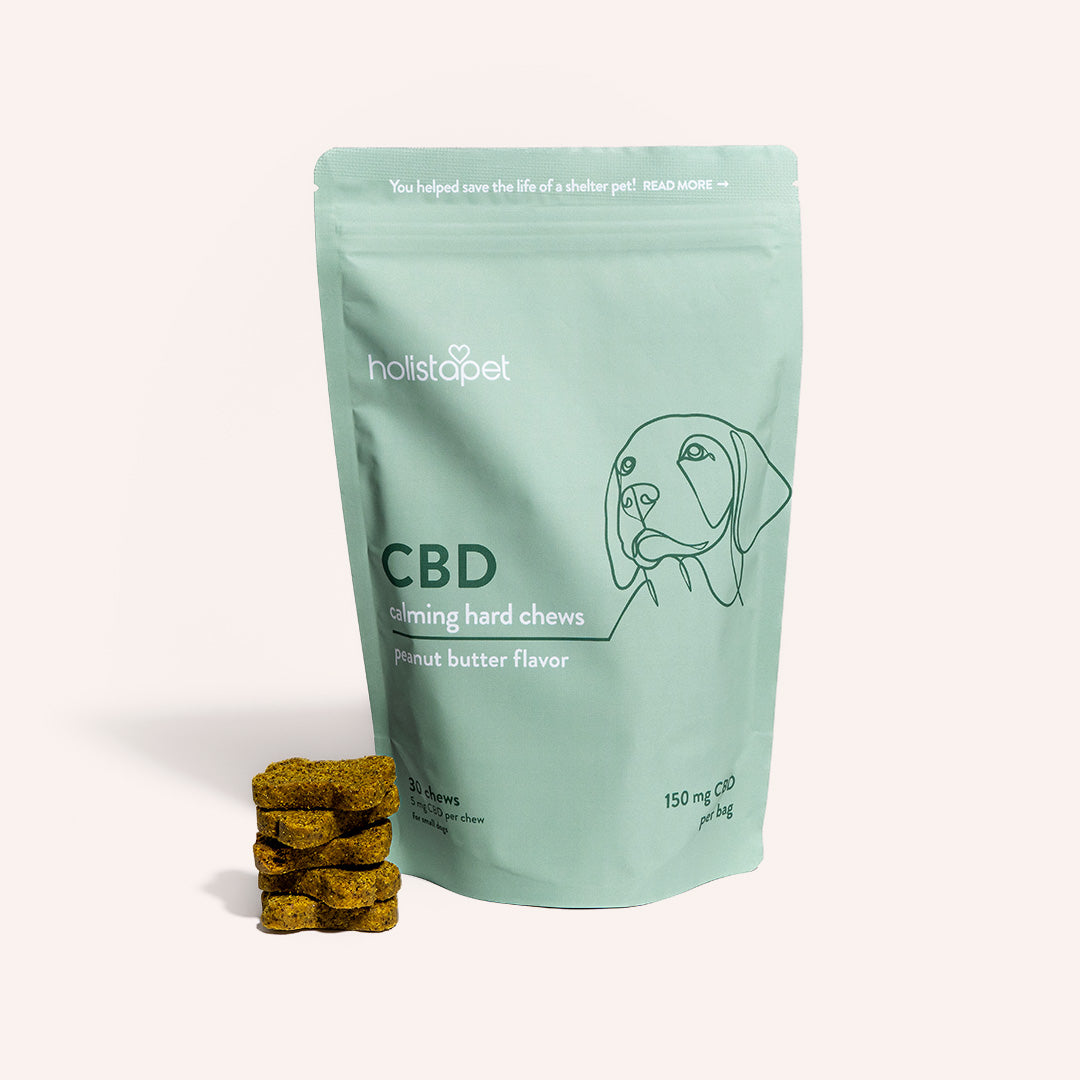
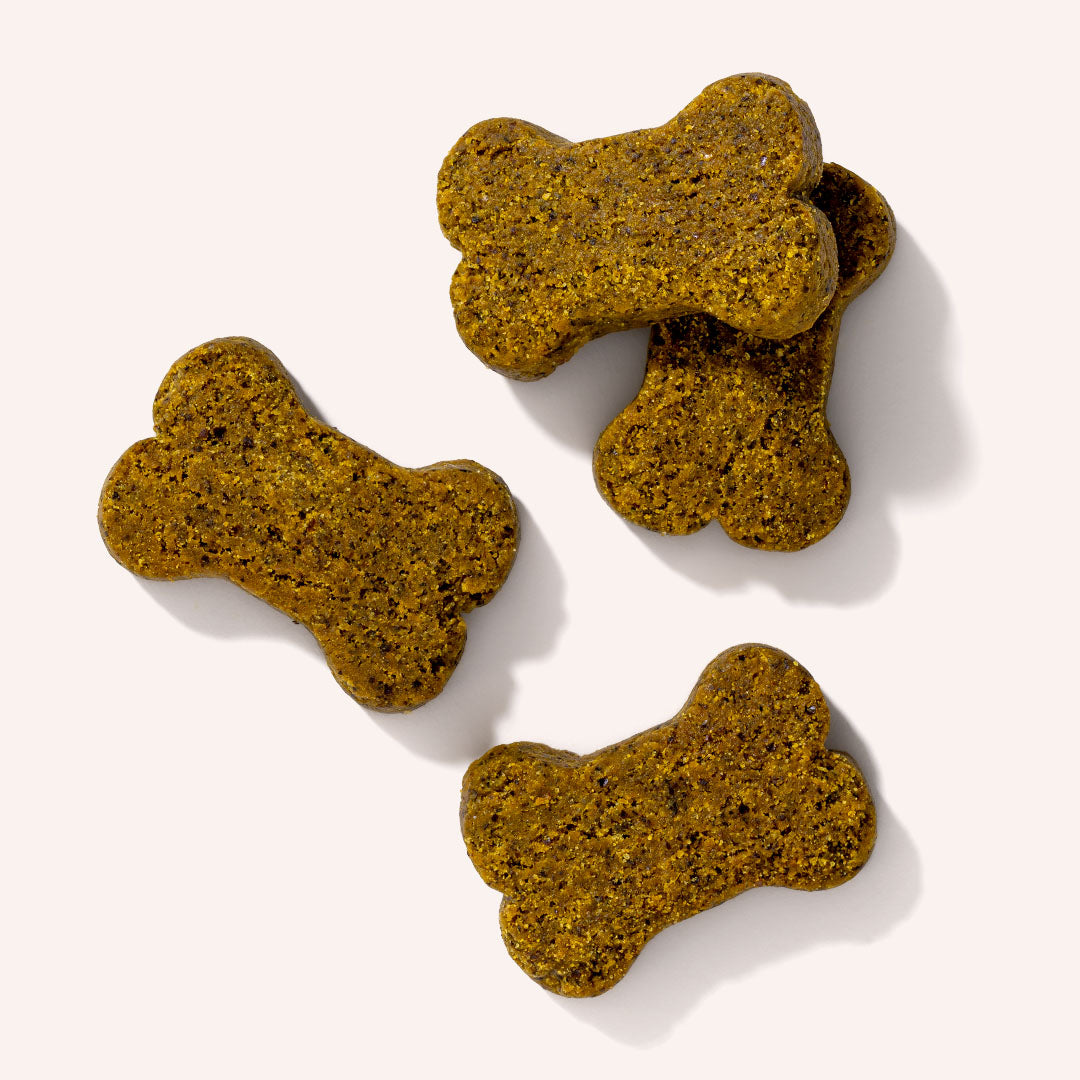
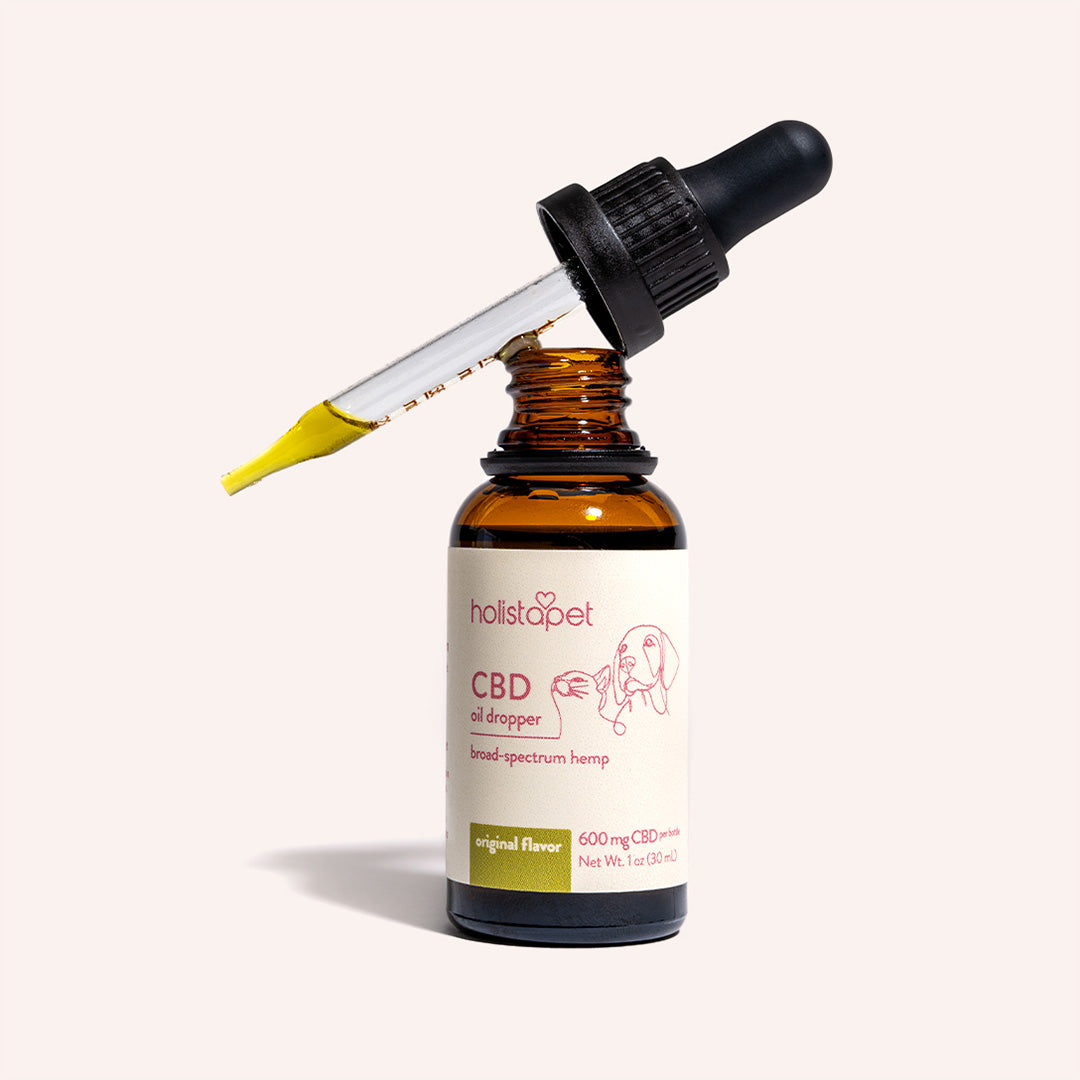
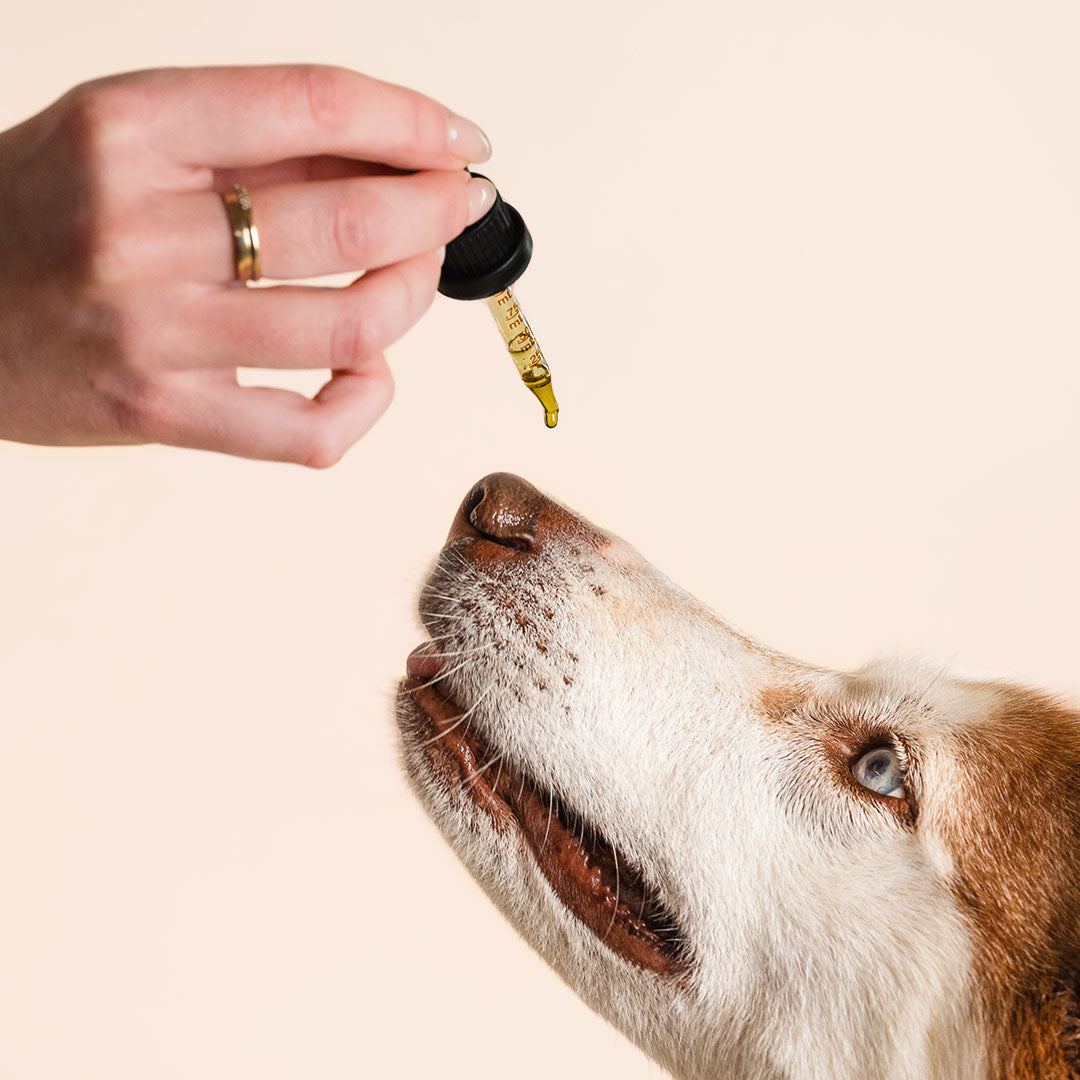


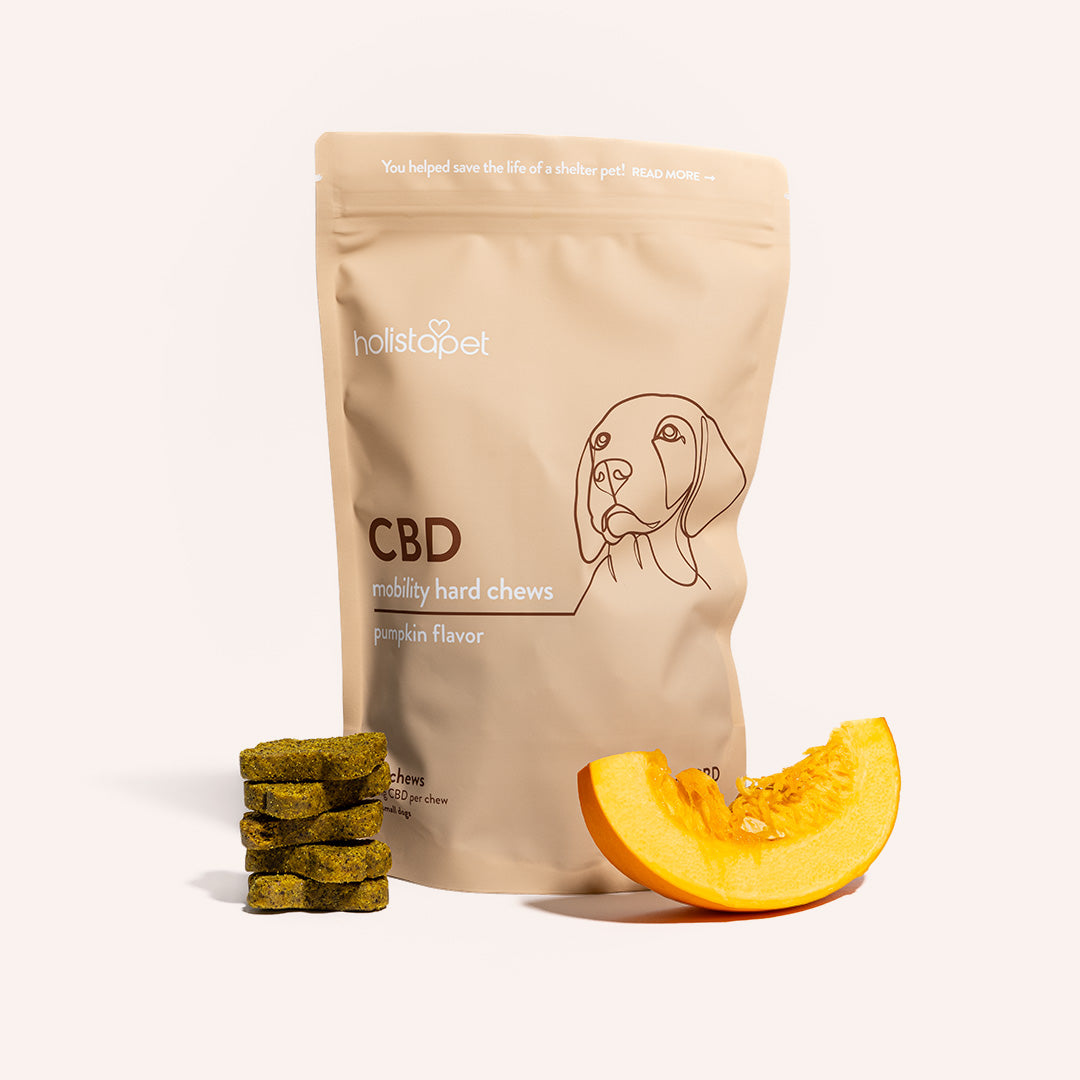
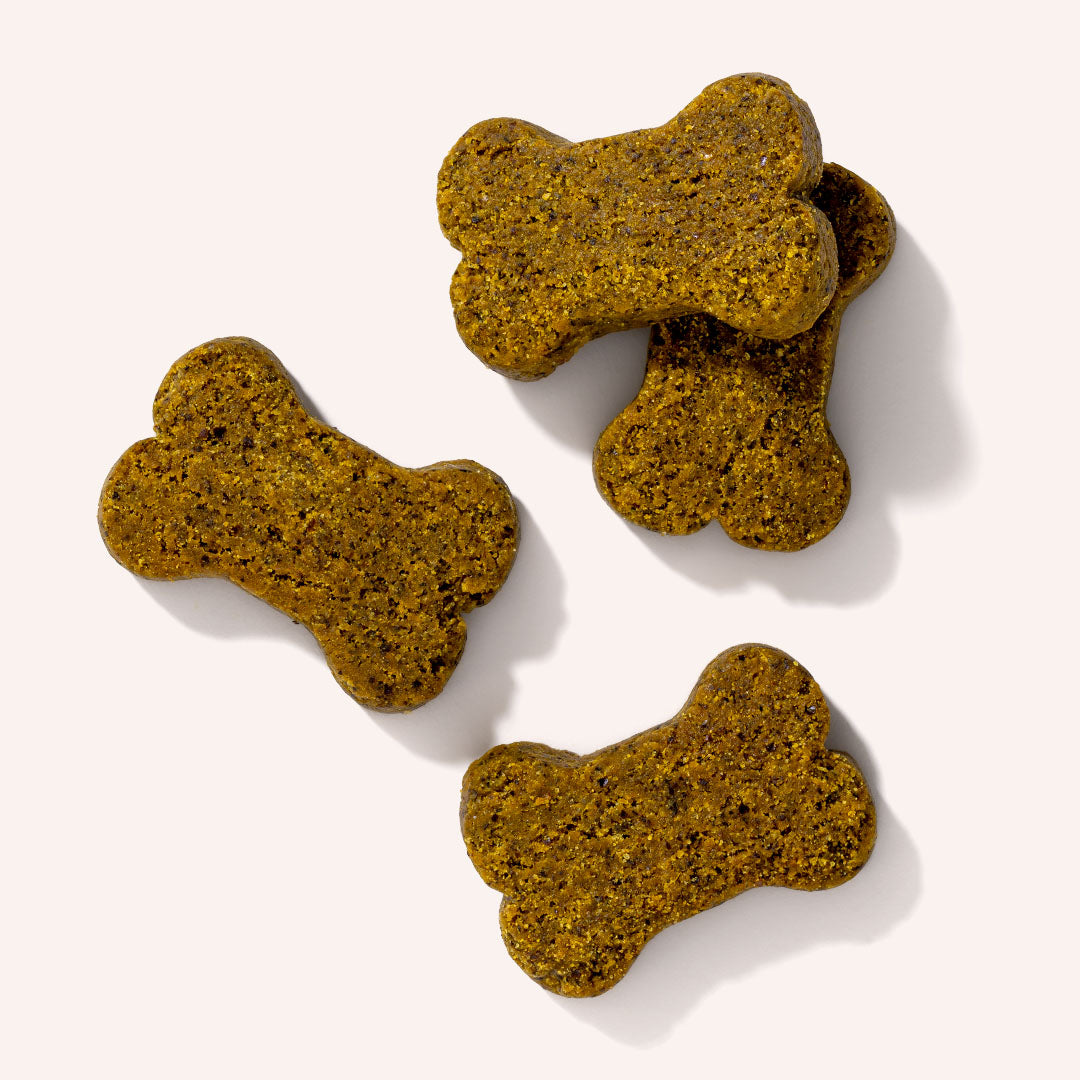
Leave a comment
All comments are moderated before being published.
This site is protected by hCaptcha and the hCaptcha Privacy Policy and Terms of Service apply.